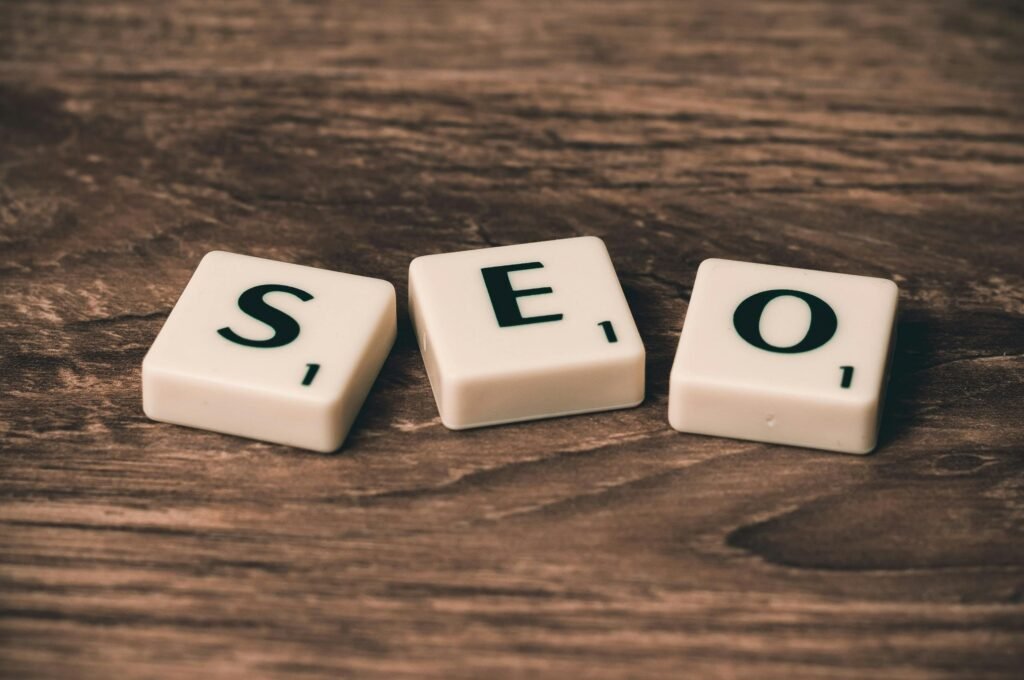SEO vs. SEM: A Comprehensive Comparison
In the digital marketing landscape, the debate between SEO (Search Engine Optimization) and SEM (Search Engine Marketing) continues to be a hot topic. While both strategies aim to increase visibility in search engine results, they differ significantly in approach, cost, timeline, and results. In this blog post, we’ll delve into the key differences between SEO and SEM, examining their definition, purpose, traffic generation methods, cost-effectiveness, timeline for results, keyword targeting strategies, and levels of control and flexibility. By the end, you’ll have a clearer understanding of which strategy aligns best with your marketing goals and budget.
Table of Contents

1. Definition and Purpose : SEO vs. SEM
SEO and SEM are both strategies used to increase visibility in search engines, but they differ in their approach and goals.
SEO stands for Search Engine Optimization. It focuses on optimizing your website to rank higher in organic search results. The primary goal of SEO is to increase organic (non-paid) traffic to your website by improving its relevance and authority in the eyes of search engines like Google.
SEM, on the other hand, stands for Search Engine Marketing. It involves paid advertising to appear in search engine results. The main goal of SEM is to increase visibility and drive traffic to your website through paid search listings.
2. Traffic Generation : SEO vs. SEM

SEO and SEM use different methods to generate traffic to a website.
SEO focuses on optimizing your website to rank higher in organic search results. This means that when users search for relevant keywords, your website is more likely to appear in the results, driving organic traffic to your site.

SEM, on the other hand, involves paid advertising. With SEM, you create ads that appear in search engine results when users search for specific keywords. When users click on these ads, they are directed to your website, generating paid traffic.
3. Cost : SEO vs. SEM
When comparing the cost of SEO and SEM, it’s important to consider both the initial investment and the ongoing costs.
SEO typically requires a significant initial investment in time and resources to optimize your website and create high-quality content. However, once your site is optimized, the ongoing costs are relatively low, making SEO a cost-effective long-term strategy for driving organic traffic.
SEM, on the other hand, involves ongoing costs for creating and running ad campaigns. While you can control your budget with SEM and stop campaigns at any time, the costs can add up quickly, especially if you’re in a competitive industry.
4. Timeline and Results : SEO vs. SEM
The timeline and results of SEO and SEM differ due to their nature.
SEO is a long-term strategy that takes time to show results. It involves optimizing your website, creating high-quality content, and building backlinks. It can take several months to see significant improvements in search engine rankings and traffic.
SEM, on the other hand, can provide more immediate results. Since you’re paying for ads, your website can appear at the top of search engine results pages (SERPs) as soon as your campaign is live. This can lead to quicker traffic and visibility, but the results are not sustainable once you stop paying for ads.
5. Targeting and Keywords : SEO vs. SEM
Both SEO and SEM rely on targeting specific keywords, but they do so in different ways.
SEO involves identifying relevant keywords for your business and optimizing your website and content to rank for those keywords. This includes using the keywords in your page titles, meta descriptions, headers, and body content.
SEM also involves targeting keywords, but it does so through paid advertising. With SEM, you bid on keywords that are relevant to your business, and your ads are displayed when users search for those keywords. The higher you bid, the more likely your ad is to appear at the top of search results.
6. Control and Flexibility : SEO vs. SEM
When it comes to control and flexibility, SEO and SEM offer different levels of autonomy.
SEO provides less immediate control and flexibility since it relies on organic methods to improve rankings. Changes to your website and content may take time to impact your rankings, and you have less control over when and how these changes are reflected in search results.
SEM, on the other hand, offers more immediate control and flexibility. You can create and launch ad campaigns quickly, adjust your budget and targeting options on the fly, and see immediate results in terms of ad visibility and traffic.
7. Competition and Saturation : SEO vs. SEM
Competition and market saturation play a significant role in both SEO and SEM strategies.
SEO often faces high competition, especially for popular keywords. This can make it challenging to rank highly in organic search results, as you’re competing with other websites for visibility. Additionally, certain industries may have high saturation, meaning many websites are already optimized for similar keywords.
SEM also faces competition, but it can be more manageable since you can bid on keywords and target specific audiences. However, highly competitive keywords can be expensive to bid on, especially in saturated markets where many advertisers are vying for the same keywords.





Pingback: Digital Marketing Strategy: Best way to excel in 2024 - RPMSNKHU Reviews
Pingback: ClickUp Integrations in 2024: A best Comprehensive Comparison - RPMSNKHU Reviews
Pingback: DocuSign vs Authentisign : Best Comparison guide that you need in 2024 - RPMSNKHU Reviews
Pingback: How to get more views on youtube/shorts:8 ways to see a phenomenal growth - RPMSNKHU Reviews
Pingback: The Best Guide to Dropshipping: Everything You Need to Know (2024) - RPMSNKHU Reviews
Pingback: How to Get best Freelance Jobs or Part-Time Gigs from LinkedIn and Other Platforms to Earn a Good Side Income (2024) - RPMSNKHU Reviews
Pingback: How to Do Keyword Research for Blogging: A Comprehensive Guide (2024) - RPMSNKHU Reviews
Pingback: Best Way to Open a Content Creator Agency: Your Ultimate Guide (2024) - RPMSNKHU Reviews